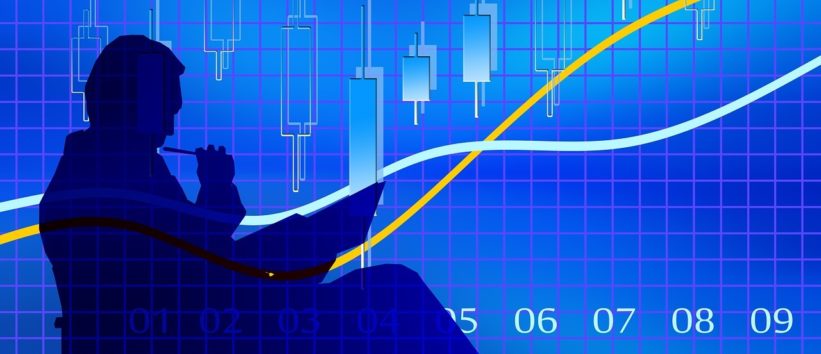5 Reasons Why The Stock Market Crash of 2018 Isn’t As Bad As It Looks
by Andrew McGuinness lip 16, 2019

The stock market has been tanking a few hits lately and some pundits are claiming the next big recession is here to plunge everyone into bad times reminiscent of the 2008 financial crisis. Despite some believing that the reason for this is the state of the global political field with tensions between the US and other countries rising, it mostly has little to do with the politics you see on the news. In Trading 101 you learn all about markets adjusting and correcting, which is exactly what’s happening here.
For the last decade, the economy has been on an incline. It’s extremely rare for something like that to happen without major corrections along the way, which is what the economy is experiencing now.
Let’s look at the 5 reasons you need to be aware of why this decline is not the end of the world.
1) Stock valuation
Stocks were over-valued. Whether they’re over or undervalued depends entirely on perspective and there’s no economically accurate way to determine this, but truth is that based on historic data, the price of stocks was too inflated. A common formula used to identify a good level of stock prices is the Shiller PE Ratio, invented by Nobel Peace Prize Winner, Robert Shiller. The ratio in February 2018 was 32. Compared to the peak of the markets before previous crises unfolding (45 in the dot.com bubble just before the crash), one can safely say that stocks were getting too expensive.
2) Volatility is back in the market
How volatile a market is has always been a bit tricky to determine as well. One way of measuring volatility is the VIX index, which has been up by almost 300% in the last few week, indicating that the market has increased in terms of volatility. Volatility is nothing more than a gauge of the public’s overall anxiety levels, which is where one might argue the impact of the global sociopolitical climate.
3) Interest rates are going up Interest rates are always of interest to investors and traders of all kinds. They’re a good indicator of the market and determine the yield of bonds in comparison to yields of stocks. Since high interest rates mean that investors will move their money into the bond market for the guaranteed return, it’s no surprise to see some investors moving their money to bonds instead since US treasury bonds just reached the 3% range which is the highest they’ve been since 2014.
4) Inflation is back in the picture
Inflation goes hand in hand with the rising interest rates and always do a great job of scaring investors. Despite plenty of economic experts and analysts predicting incoming inflation every quarter of the year, that hasn’t happened in quite a while. First world countries such as Japan, Germany and even the US themselves are experiencing the result of an aging population, meaning that consumers are spending less but also earning less. With the idea of inflation getting investors to jump over into the bond market, now would be a good time to buy some shares at discount prices.
5) Fear of short-term loss is clouding minds
Investors fear that the global economy is slowing down and that United States’ efforts to stimulate it are going to fail, despite the low interest rates and unprecented levels of corporate cash reserves. This spreads a level of fear that there’s impending loss to be had, losing to short-sighted and irrational decision making by many investors.
These decisions don’t take into account that unemployment is on the decrease across the globe, technology is advancing into revolutionary fields using big data, blockchain and AI technology.
